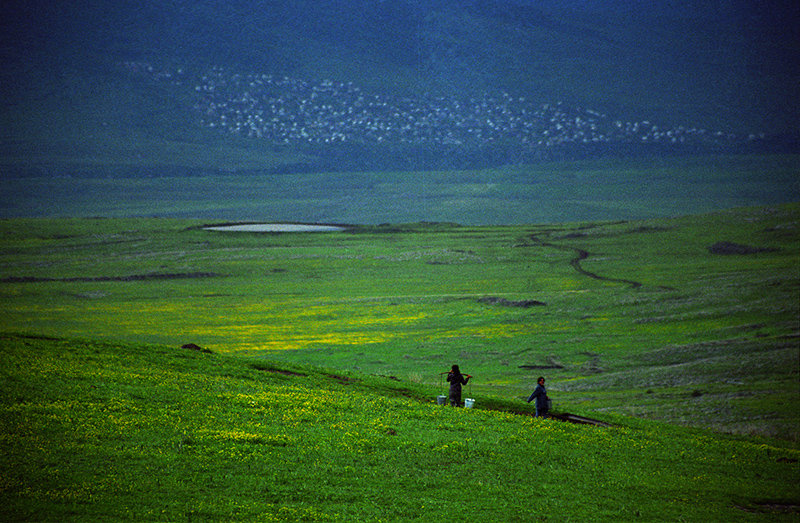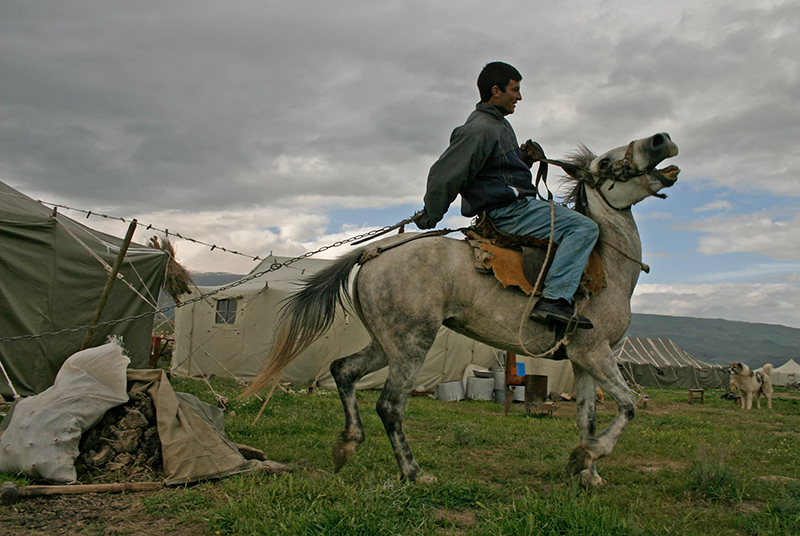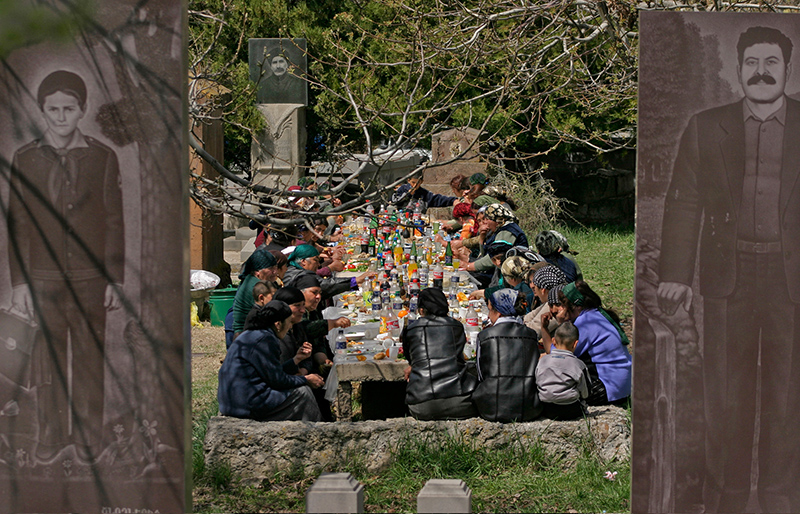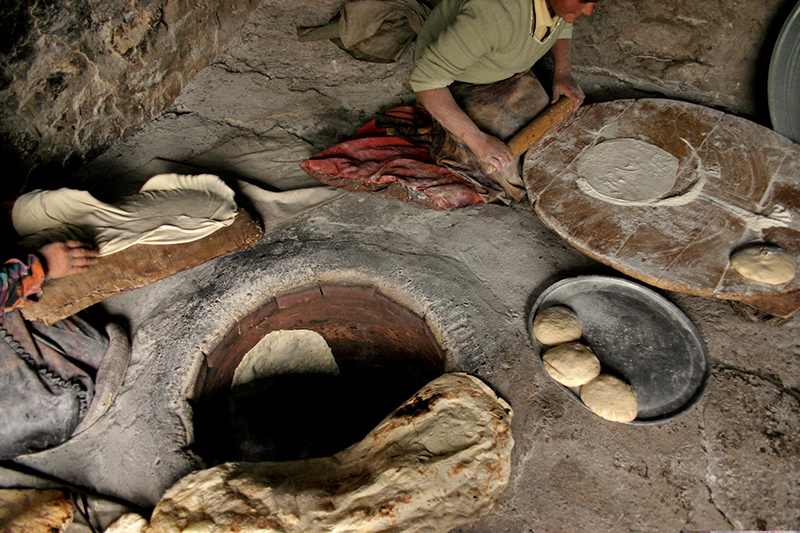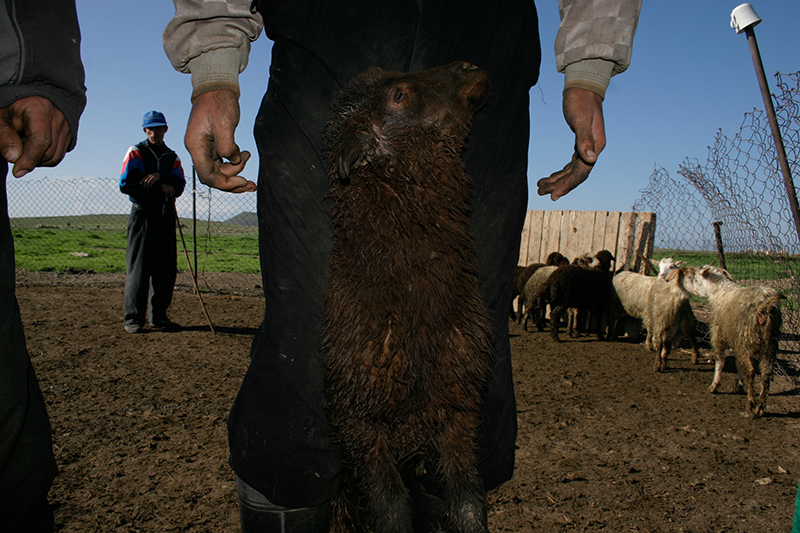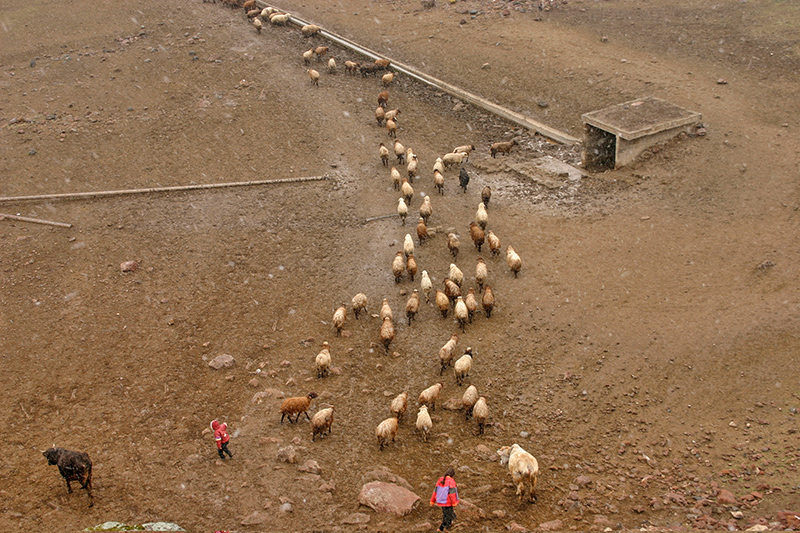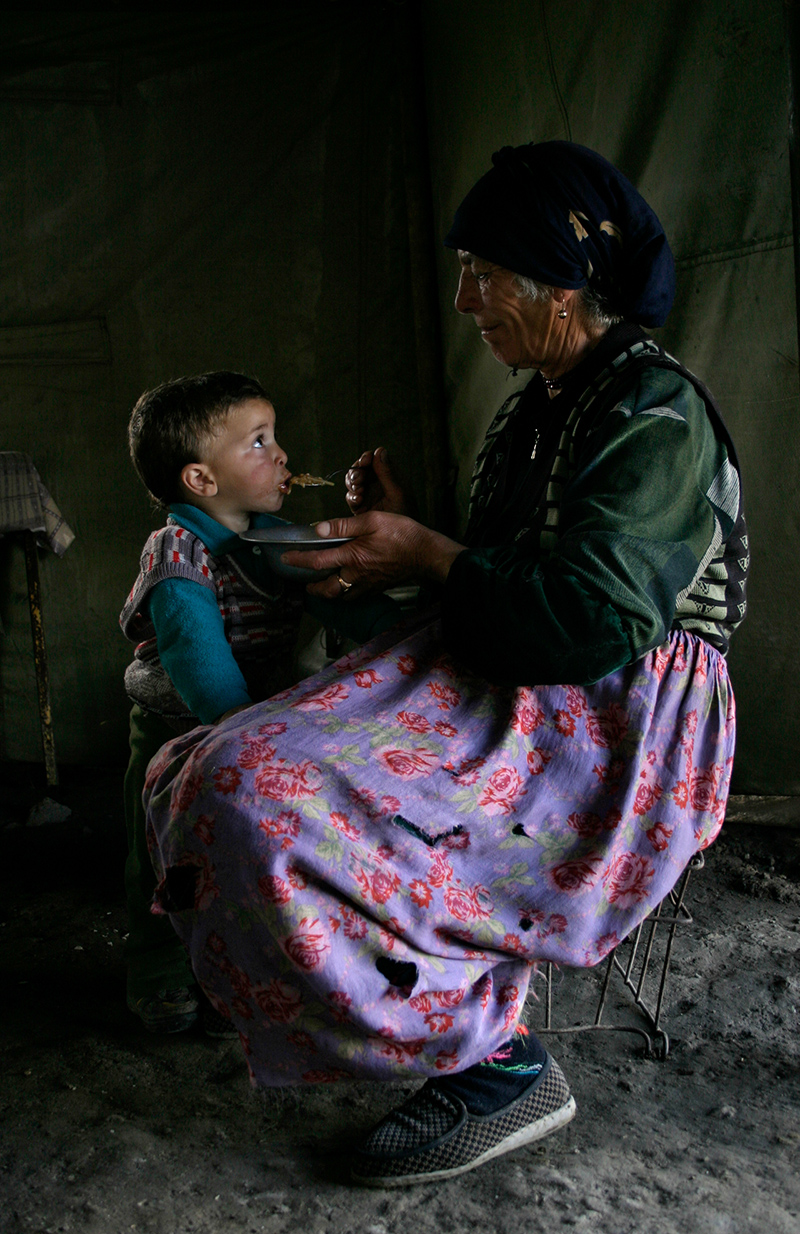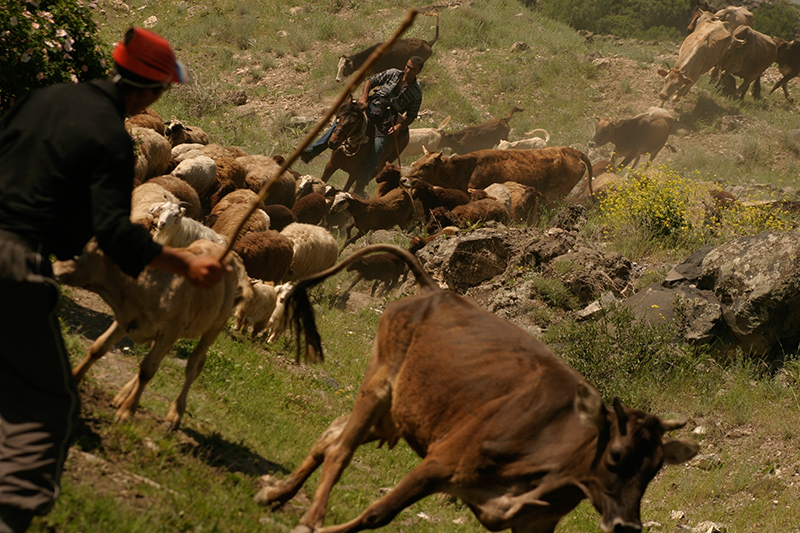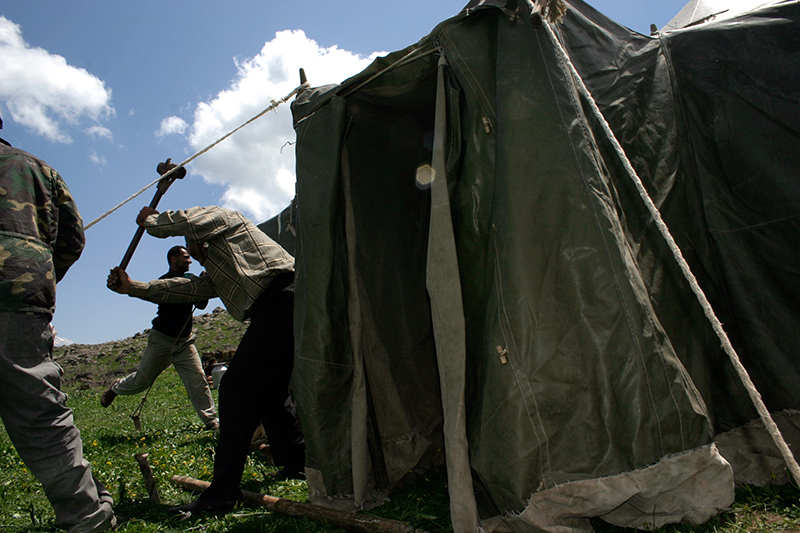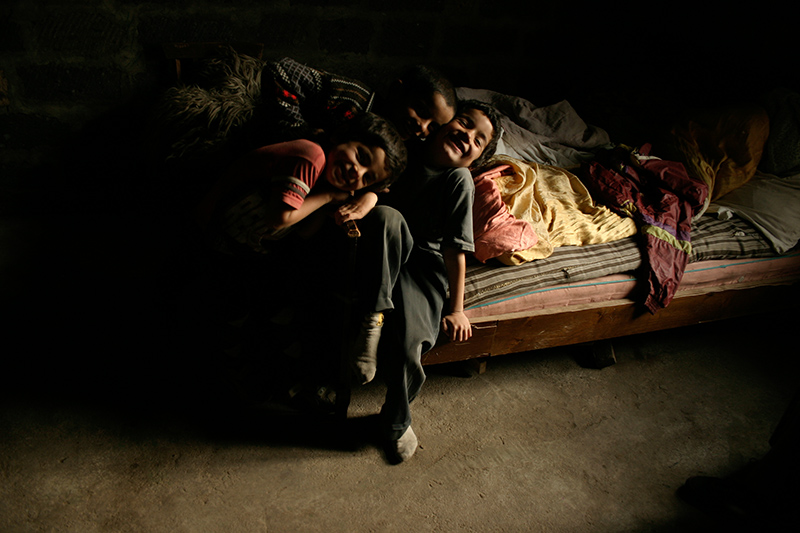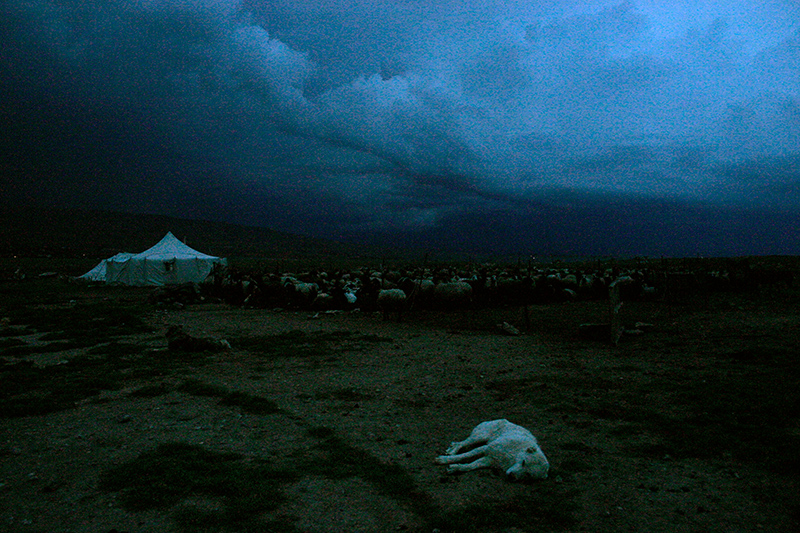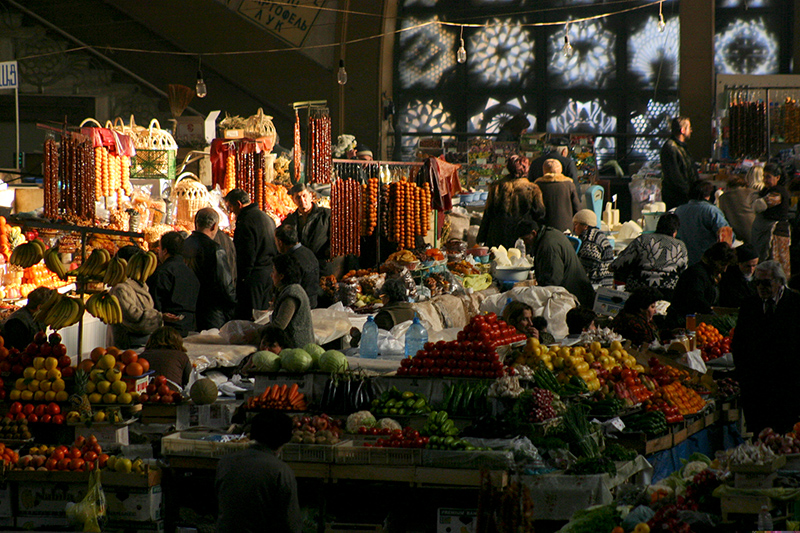Yezidis
As far as their memory goes back the Yezids – one of the minorities in Armenia- have been engaged in highland cattle breeding. There are two theories about the origins of the Yezids: one says that the Kurds are their ‘forefathers’; the other says exactly the opposite; that the Kurds came forth from the Yezid. Whatever the truth, the main difference between these two peoples is that the Yezids have preserved their religion for nearly 3 millennia. The first mentioning of the Temple of the Yezid is related to the ancient town of Babylon and today the most important temple is located in Mosul. The Yezids worship the sun and their most important deity created the world while looking at the beauty of a peacock. For the Yezid the peacock is therefore a holy animal and its image can be found on their pillows, blankets and in their tents. The Yezids do not have a Holy Book and their religion is based on the knowledge of their priests. The right to become a priest is inherited once sufficient knowledge has been gained. Within Yezid society there are three major castes – Sheikhs and Pyrs (the two upper castes) and Murids (lowest caste). Marriages are allowed only inside the castes and sometimes the bride does not know her future husband. Society is strictly regulated with rules and taboos that are passed on from generation to generation, e.g. the bride cannot talk to the oldest man in the family or eat in his presence before the marriage. Besides the caste system, the roles of men and women in Yezid society are also strictly defined according to tradition. Yezids have a rich tradition of celebrations: at weddings for example the groom throws an apple at the bride’s head and the more pieces it breaks into the better. The New Year celebration includes remembrance of the dead on the cemetery, where the tables for the ceremonies by the graves are divided into sections for men and women. Many celebrations also have their specific sacrifice. Animals mostly, sheep and cows are sacrificed by slitting their throats and praying with the Pyrs (priest of highest rank) pouring salt into the animal’s nose. Other ways of slaughter are considered as murder. The Yezid have always had a nomadic life that is intertwined with the rhythm of the seasons. They are ever ready to move, so there is no place to anything superfluous. Everything is connected with the cattle – meat, wool, cheese for sale, yarn, blocs of dung dried by the houses just by the entrance. The furniture is minimal, very rarely one can see photos of relatives on the walls. One of the most crucial periods in the migration cycle starts a month before the Yezids move their cattle up the slopes of Mount Ara when the shepherds and their families prepare themselves and their tents for their 5-6 month stay in the mountains. The shepherds live in military tents of Soviet times, some 3-5 kilometers away from the village. At a distance the tents, set on the background of the rocky foothills, resemble the marquees made of sheep hides. The herds live in similar tents especially allotted to them. Moving up to the meadows of Mount Ara takes one or two days. After that the shepherds move their camp every couple of weeks, grazing and living on mountain slopes up to 3 thousand meters. In the last stage the camp will be moved to an Alpine meadows where a large variety of herbs and plants will be available.
